FORT LEWIS, Wash. - The entire post community plays a part in keeping our lakes and streams clean - and some of the younger residents took action this week to remind others of that fact.
Fourth- and fifth-grade youth volunteers from the North Fort Youth Center teamed up with Public Works to place markers on 120 residential storm drains, reminding members of the community, "No Dumping; Drains to Lake."
"The kids do community service projects as part of their curriculum," said Brendalyn Carpenter, sustainability outreach coordinator, Public Works. "Doing this seemed like an excellent solution for the storm water program and the kids because this age group can retain the information and get really excited about it."
Plans are for future efforts to continue to place tags on residential storm drains. Eventually 250 of the drains will be marked.
"We plan to go out five times and we should finish up Wednesday morning," Carpenter said.
First, storm water management staff gave each group of NFYC participants a close look at the largest residential storm water outfall on post, which drains into American Lake.
Jennifer Smith, storm water specialist, held a large photo taken in February, showing trash covering the entire grate.
"This is what this storm water outfall looked like in February," she said. "It was cleaned up in March."
Linda McGiness, water technician intern from Oak Ridge Institute of Science and Education, shined a big flashlight through the grate and gave the youth the opportunity to look at the pollutants accumulating inside, as she explained what they would be doing and why.
"This storm water outfall pipe is connected to a network of many other pipes that are buried beneath the streets," McGiness said. "What we have on the streets are storm drains."
She talked about treatment used for some outfall pipes, such as sedimentation ponds lined with black plastic designed to let the water sit long enough for trash to settle out and filtration ponds designed to allow the water and smaller pieces of debris to seep into the ground.
The only kind of treatment that particular storm water outfall at American Lake has is the grate across the front of it to catch larger pieces of trash, so all of the small pollutants go right into American Lake, she said.
"Many people are still unaware that storm drains are directly connected to our local streams, wetlands, creeks and lakes," Carpenter said. "Marking the storm drains helps to remind visitors and residents that storm drains are not trash cans. Only rain belongs down the storm drains."
The storm water staff showed the youth volunteers how to place markers by each storm drain, before they left in buses to put the markers next to all of the storm water drains in the residential areas.
"They will put them in Evergreen, New and Old Hillside, Discovery Village and Beachwood," Carpenter said. "In about 90 minutes (Monday morning), 42 storm drains were marked."
In addition to placing the markers, youth volunteers cleaned debris from the drain, picked up trash and placed door-hangers on homes in the neighborhood.
"This project is really cool," said Emilly Hubbard, 9. "I think we have taken a half-step toward a better planet."
Throughout the morning, the youths switched jobs with one another, so those who really wanted to, got to place the markers, Carpenter said.
"They got to use many different skills in this project," she said. "I was amazed by how well they could read the map (showing the location of the drains), and they even pointed out drains that were not on the map."
As they placed the markers, the youth volunteers checked off the storm water drains they had done.
"By giving the youth volunteers a firsthand look at the impact their lifestyles have on the communities where they live, we are teaching them behavior that will, hopefully, have a positive impact over time," Carpenter said. "This was definitely a win-win project for everyone."
Barbara L. Sellers is a reporter with Fort Lewis' Northwest Guardian.
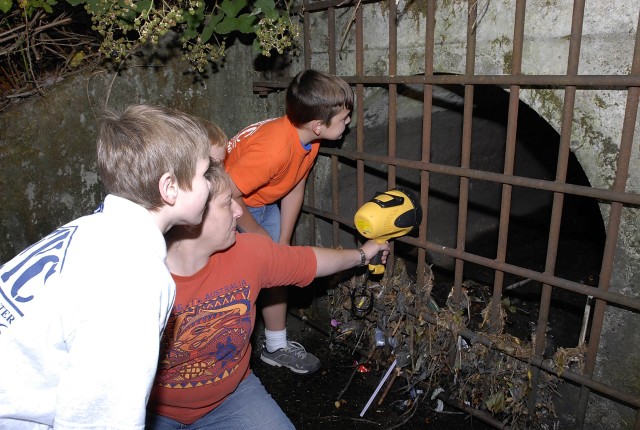
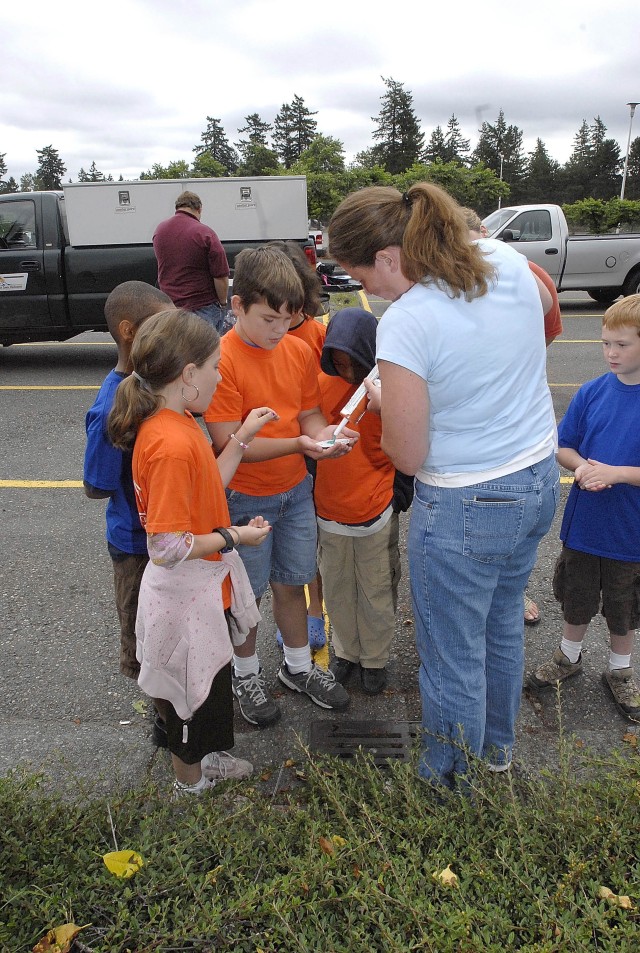
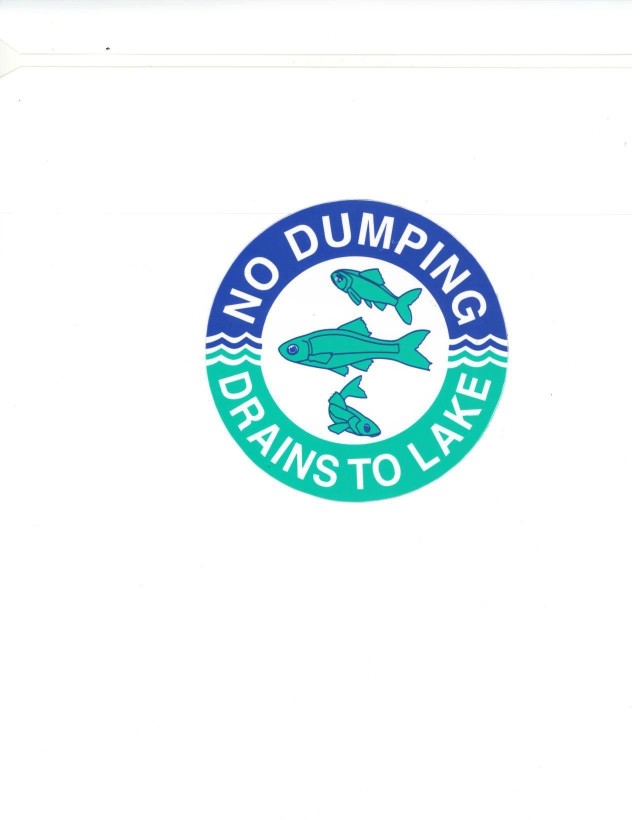
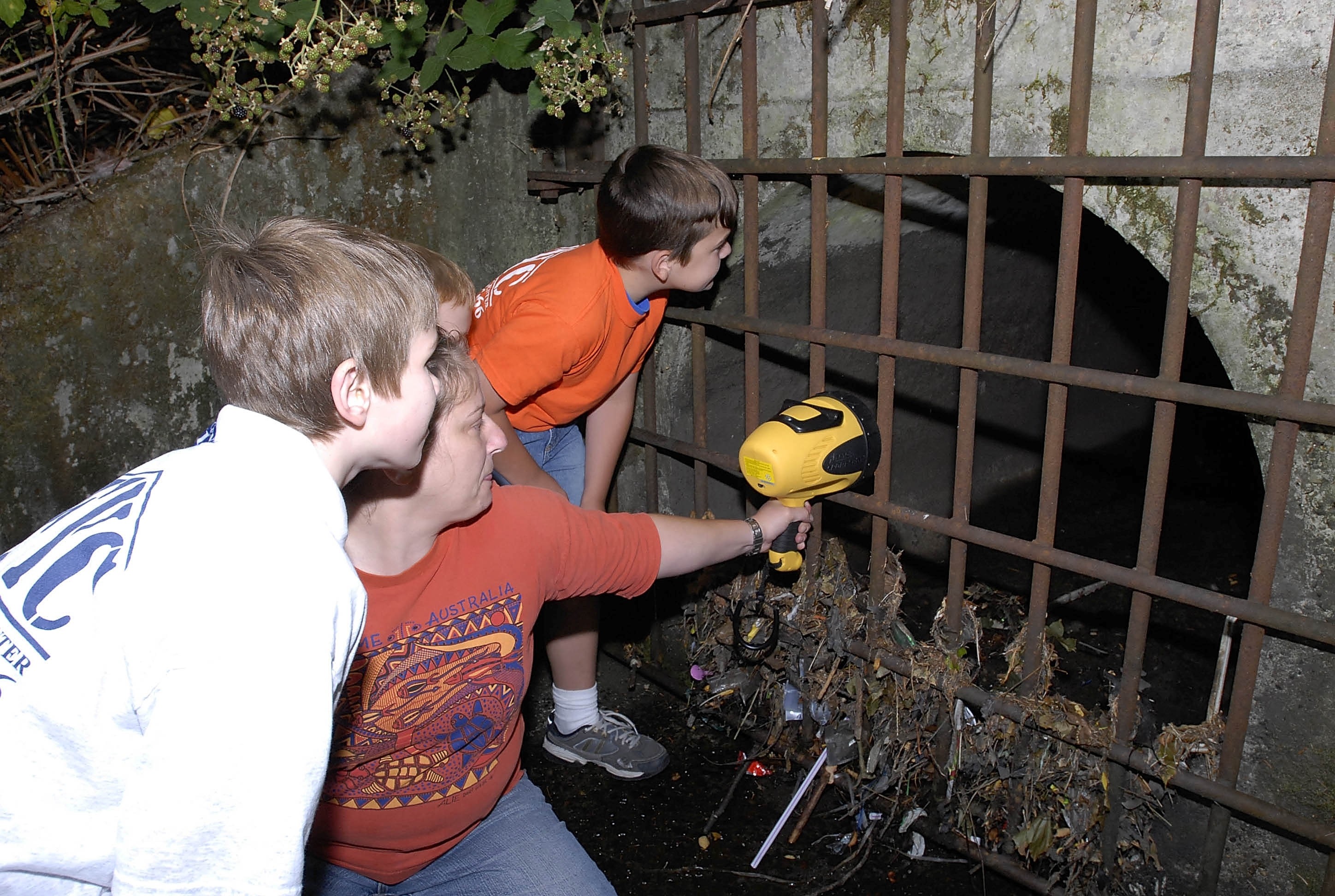
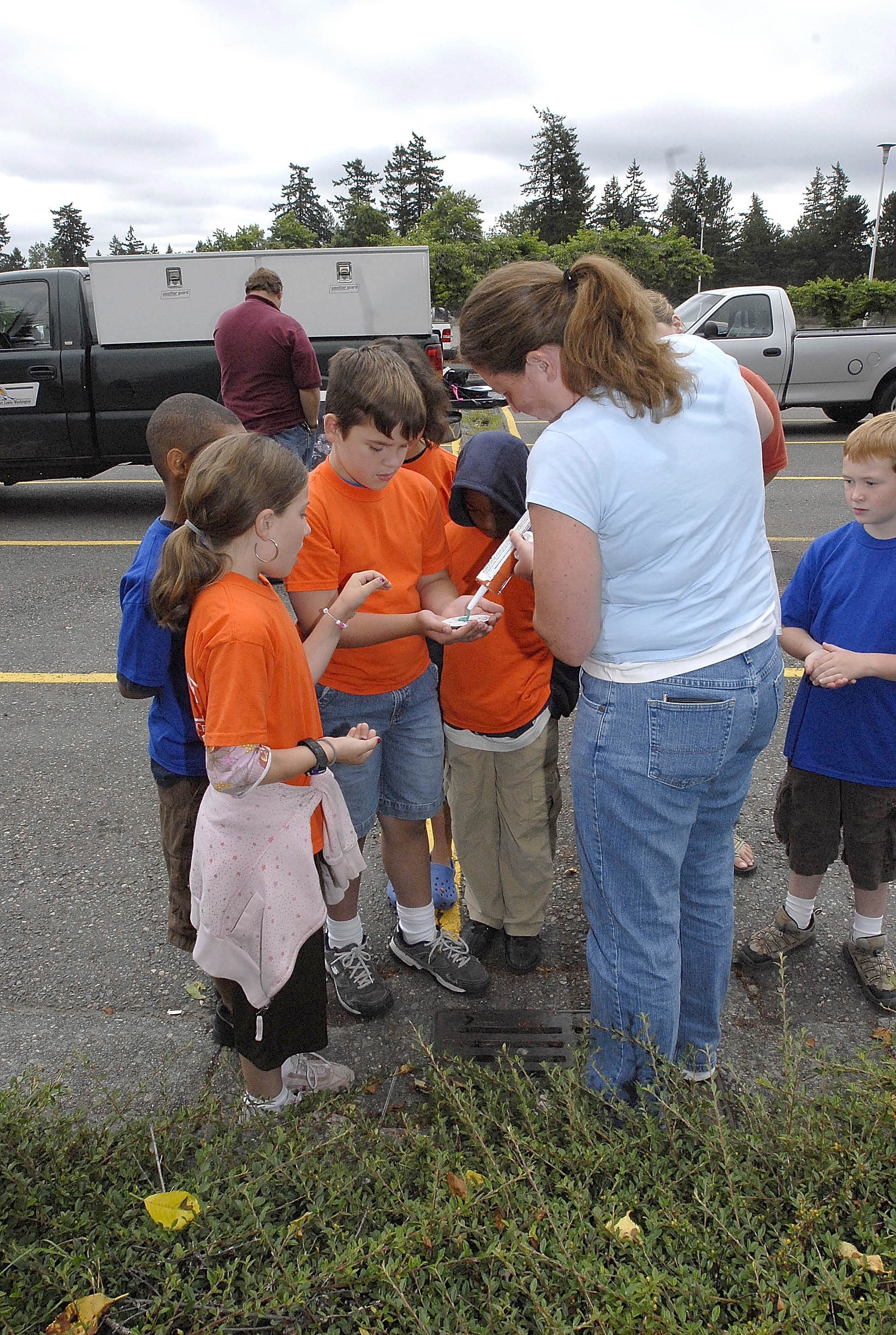
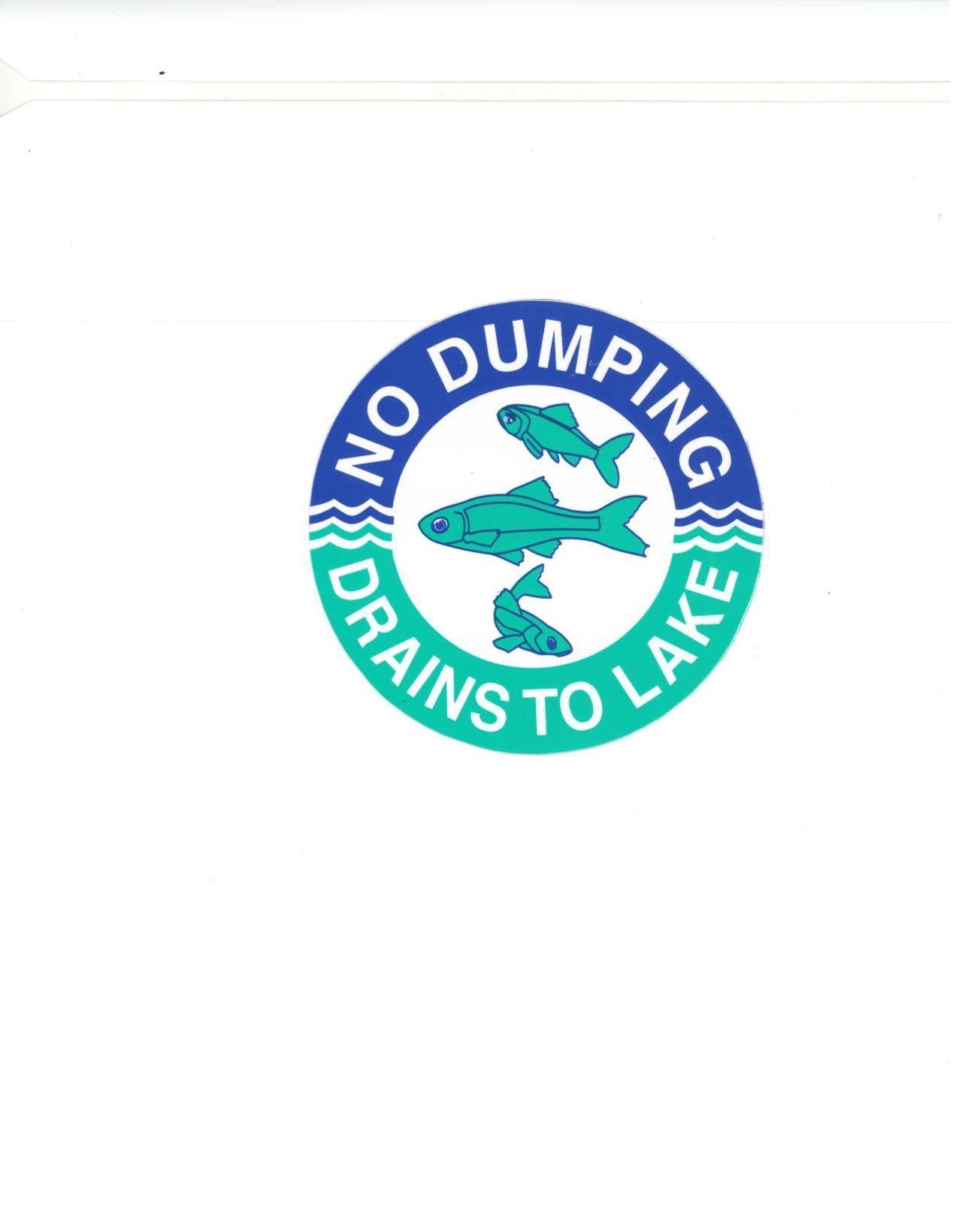
Social Sharing